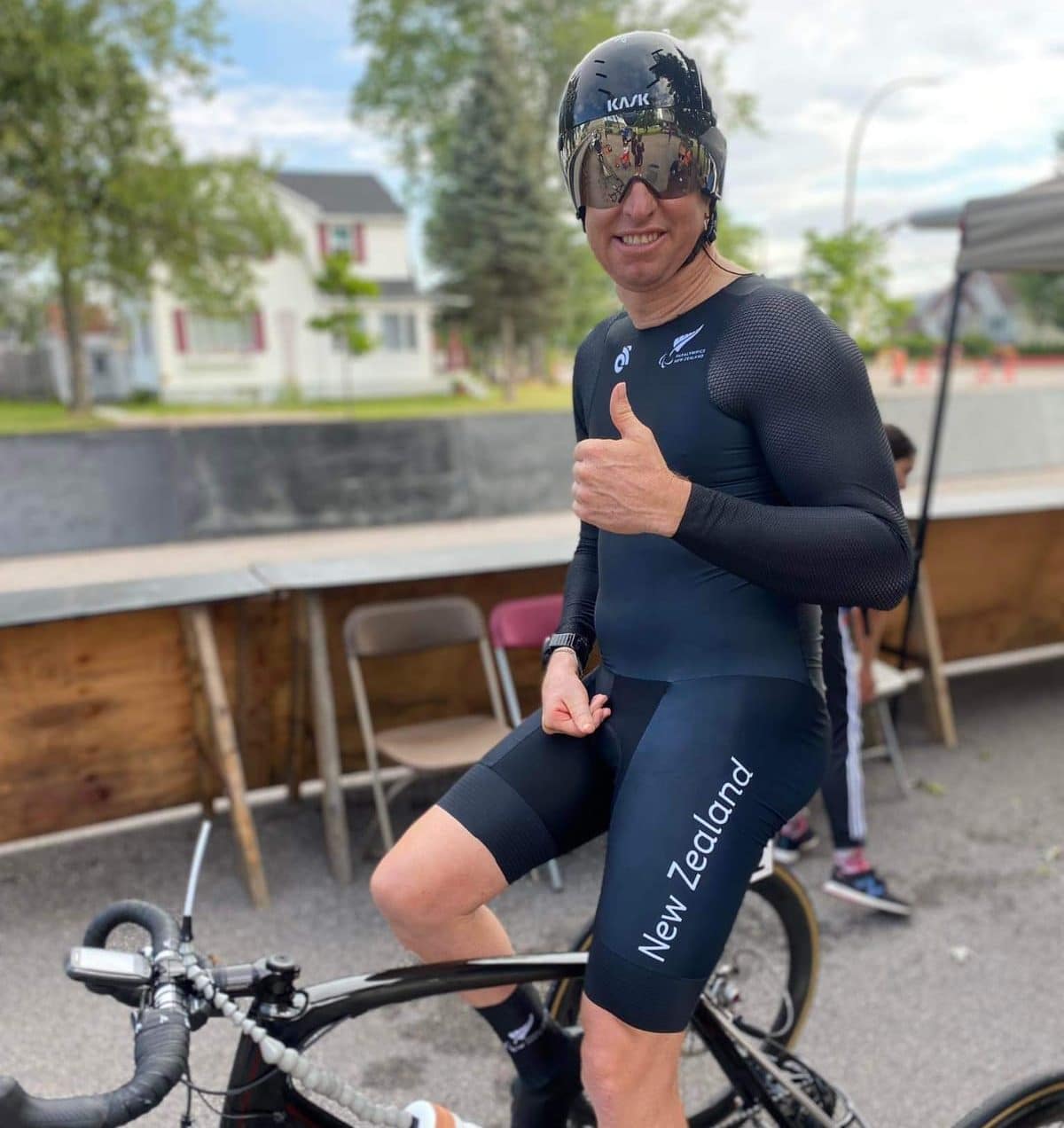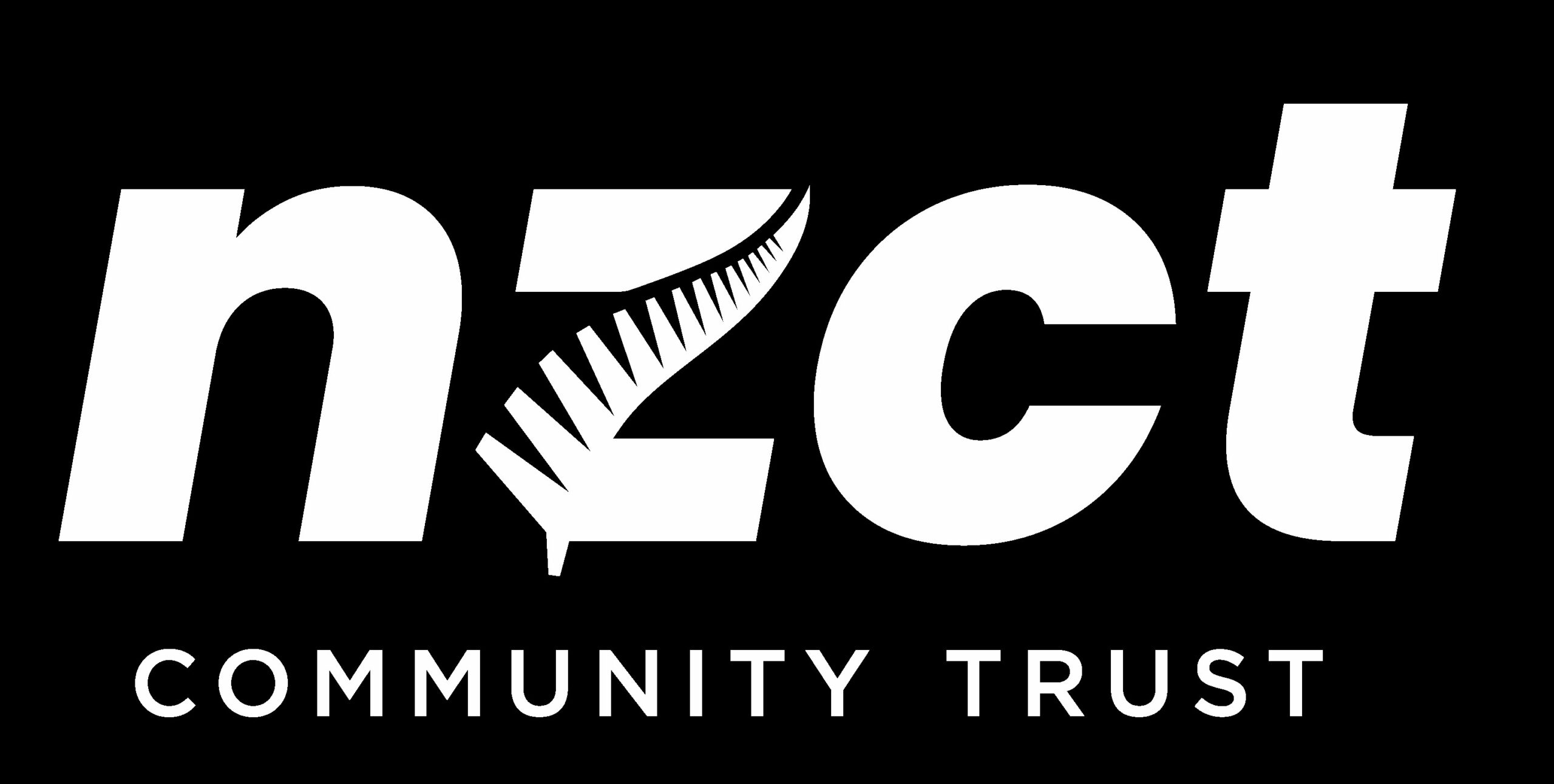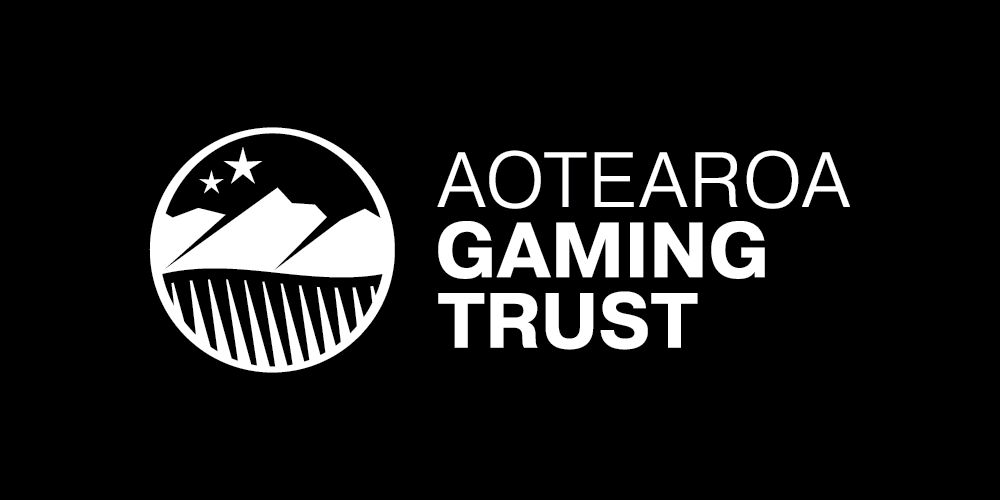The 2022 UCI Para Cycling Road World Championships got underway last night on a stunning day in Baie-Comeau, Québec Province, Canada. Day one included time trials for tricyclists Eltje Malzbender (women’s T1 classification) and Stevo Hills (men’s T2 classification).
(Para cycling classifications are explained below.)
Paralympian #220 Eltje Malzbender has been in outstanding form throughout 2022, and today delivered a consistently strong performance through the two laps. Nonetheless it wasn’t to be her day for the podium.
Team coach Damian Wiseman explains.
“Eltje was hoping for a better finish today in the T1 time trial. It came down to a tight battle between her and World Champion Shelley Gautier for bronze. Shelley pipped Eltje for a spot on the podium by 16 seconds at the close of the race after Eltje had been pulling her back in the second lap.”
Malzbender, who lives with a traumatic brain injury (TBI), finished in 50:16.74, +7:26.81 behind first place.
Paralympian #196 Stevo Hills (pictured) placed 7th today in what Wiseman describes as a “strong and positive ride”. Hills, who is a veteran of both the Rio 2016 and Tokyo 2020 Paralympic Games, competed against a competitive field of T2 Para cyclists, finishing in 36:59.02, 3.19.76 behind first place. He has right side hemiplegia following a road accident as a young child.
Racing continues tonight – catch the livestream
Time trial racing continues tonight for the rest of the New Zealand team: Paralympians Nicole Murray, Fraser Sharp and Sarah Ellington.
More about the 2022 Para Cycling Road World Championships
For further information including schedule and live stream links, see:
What do the classifications mean in Para cycling?
Classification groups Para cyclists with an eligible impairment into sports classes, according to how much their impairment affects their ability to carry out the fundamental activities in their sport.
- Para athletes who are able to use a standard bicycle (with approved adaptations) compete in the five sport classes C1-5, Sport class C1 is allocated to athletes with the most severe activity limitation, while the sport class C5 is allocated to athletes with minimum impairments. The C1-5 sport classes include athletes with limb deficiency, impaired muscle power or range of motion and impairments affecting co-ordination, such as uncoordinated movements and involuntary movements.
- Para cyclists who have a visual impairment race on a tandem bicycle with a sighted cyclist (pilot) at the front. They cycle in the sports class B. This class will include athletes with a range of visual impairment from a low visual acuity (less than 6/60) and/or a visual field of less than 20 degrees through to athletes with no vision.
- Para athletes who ride a tricycle are unable to ride a bicycle safely due to impairment affecting their balance and coordination. They are divided into two classes, T1 and T2. The sport class T1 is allocated to athletes with more significant balance and co-ordination impairments and problems controlling movements than athletes competing in sport class T2.
- There are five different sport classes for handcycle racing. The lower numbers indicate a more severe activity limitation. Para athletes competing in the H1 classes have a complete loss of trunk and leg function and limited arm function, e.g. as a result of a spinal cord injury. Para athletes in the H4 class have limited or no leg function, but good trunk and arm function. Para cyclists in sport classes H1 – 4 compete in a reclined position. Para cyclists in the H5 sport class sit on their knees because they are able to use their arms and trunk to accelerate the handcycle. Para athletes in this sport class might have leg amputations, paraplegia or mild to moderate involuntary and uncoordinated movements.



























